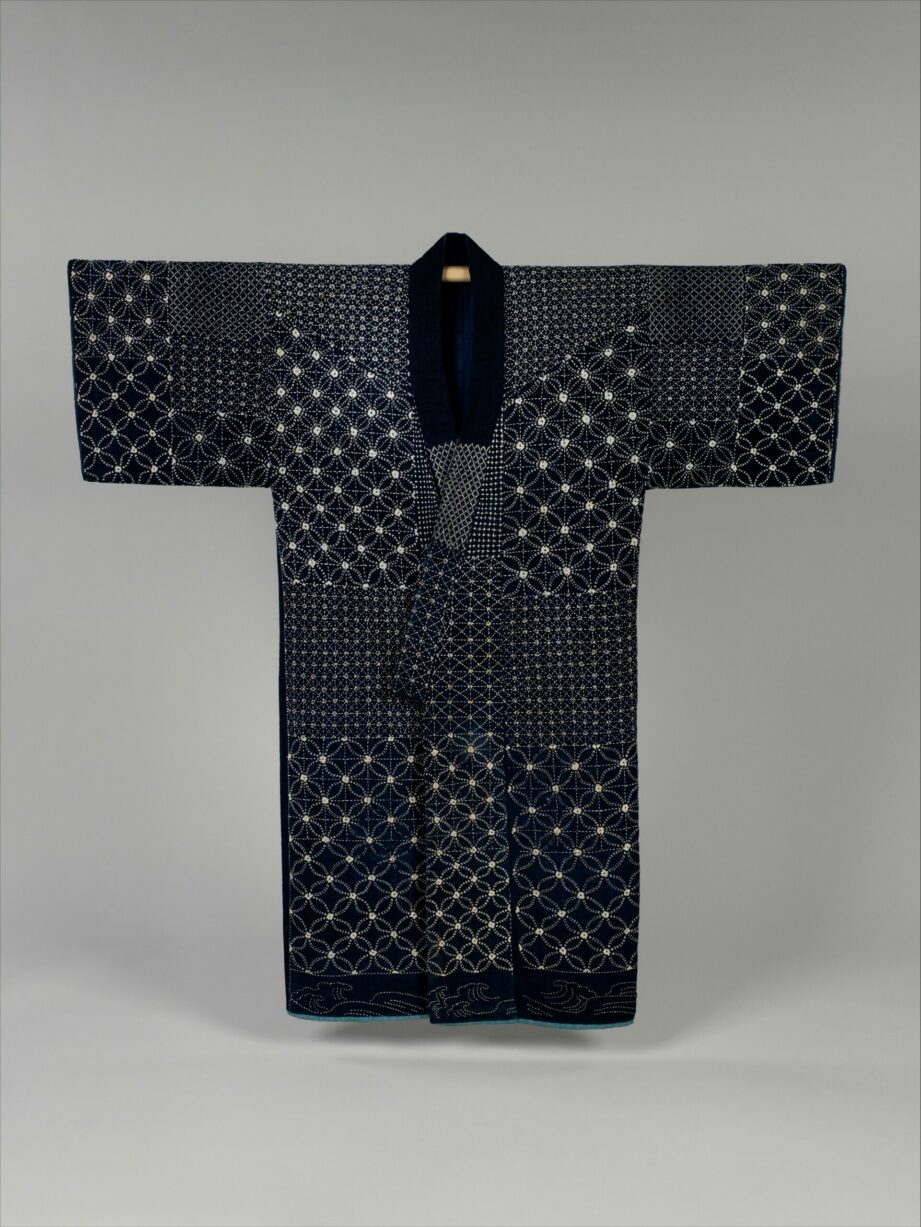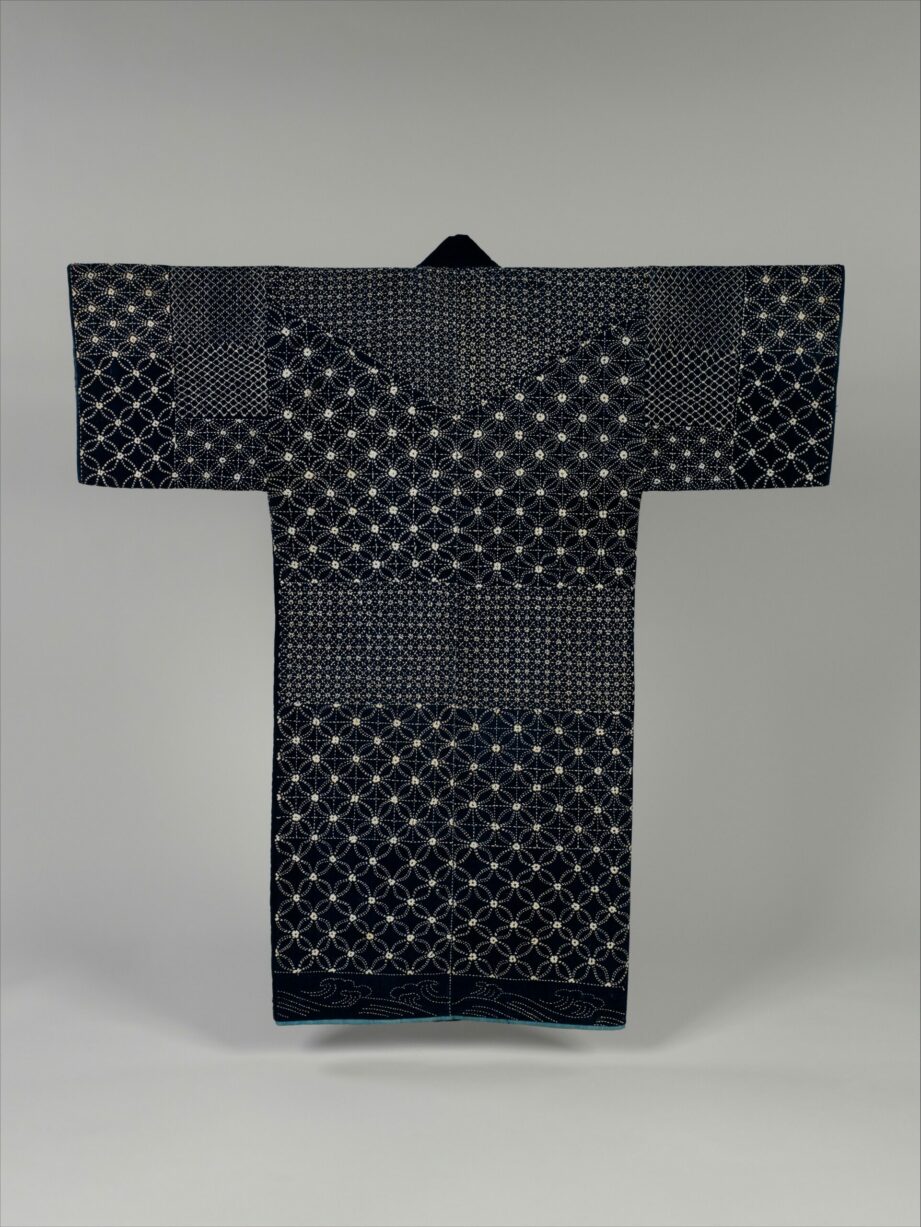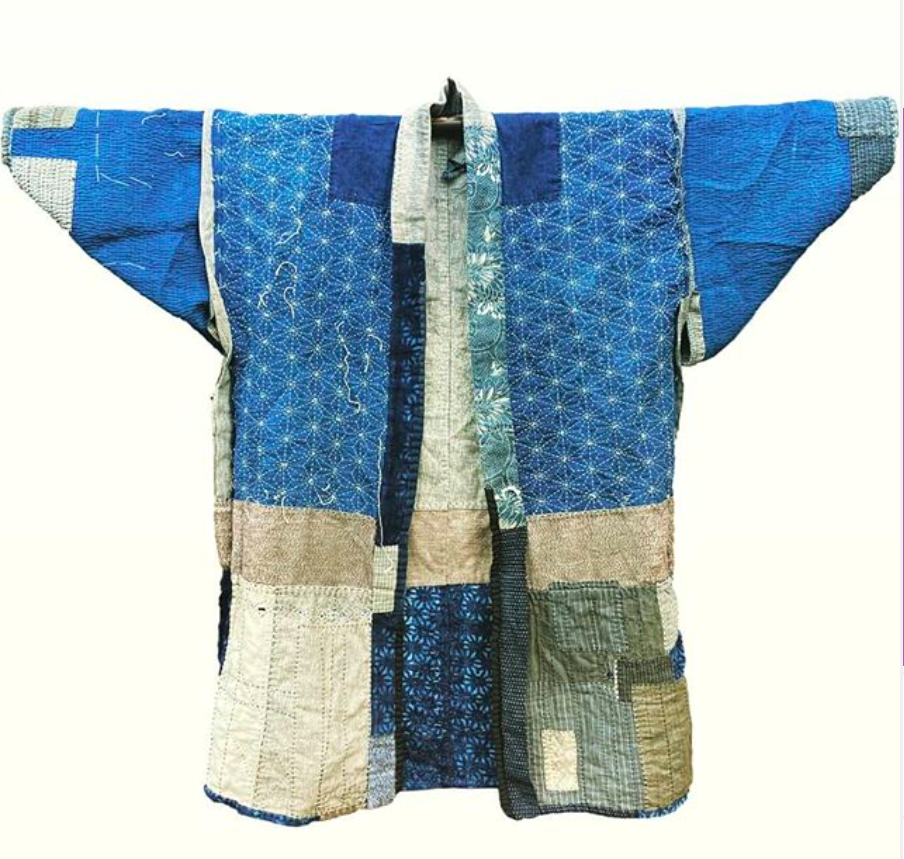The state of our troubled planet dictates that disposables are out.
Reusables are in.
And anyone who's taught themselves a way to mend and preserve their stuff has earned the correct to flaunt it!
a brief scroll through Instagram exhibits lots of seen mending initiatives that highlight rather than hide the enviornment of repair, drawing the eye to contrasting threads reinforcing a threadbare knee, frayed cuff, ragged rip, or moth gap.
while some practitioners take a freeform strategy, the most fascinating stitches are usually in the sashiko lifestyle.
Sashiko—often translated as "little stabs"—became born in Edo duration Japan (1603-1868), when rural girls tried to lengthen the life of their households' tattered garments and bedding, giving rise to a humble form of white-on-indigo patchwork called boro.
while sashiko can now and then be considered serving a purely decorative feature, corresponding to on a extremely smartly preserved Meiji length jacket in the Metropolitan Museum of artwork's assortment, its simple use turned into all the time one born of necessity.




As Austin Bryant notes on Heddels, a information and training web page committed to sustainable items:
Over generations of families, these textiles would acquire more and more patches, pretty much to the element of the average observer being unable to respect where the usual material began. As they recovered after the end of World warfare II, to some the boro textiles reminded the jap of their impoverished rural previous.
Keiko & Atsushi Futatsuya are a mom-and-son artisan team whose posts on sashiko and boro go beyond straightforward how-tos to delve into cultural historical past.
in line with them, the aim of sashiko should now not be aesthetically attractive rows of uniform stitches, however quite "having fun with the dialogue" with the textile.
As Atsushi explains in an Instagram submit, viewers seeing their work with a Western point of view may respond in a different way than those that have grown up with the aspects in play:


here's a photo of a "Boro-to-be Jacket" within the process. here is the back (hiding) side of the jacket and many non-jap would say this should still be the front and will display to the general public. The jap would consider why it is a backside naturally, but i'd deserve to "clarify" to the non-japanese who don't share the identical cost (why we) purposefully make this side as "hiding" facet. That's why, I keep sharing in phrases. One graphic can be worth a thousand words, however the thousand phrases could be completely different in line with their (free) interpretation. In sharing the culture, some "actual phrases" could be additionally very essential.
To are attempting your hand at sashiko, you are going to want an extended needle, akin to a cotton darning needle, white embroidery thread, and—for boro—an getting old cloth in need of some consideration.
if you end up sliding into a full blown obsession, you might also want to order sashiko needles and thread, and a palm thimble to assist you push through a few weights of material concurrently.
You'll discover many patterns, counsel, and tutorials on the Futatsuya family unit's Sashi.co YouTube channel.
connected content:
20 mesmerizing movies of japanese Artisans developing typical Handicrafts
See How usual jap Carpenters Can build an entire building using No Nails or Screws
Ayun Halliday is an writer, illustrator, theater maker and Chief Primatologist of the East Village Inky zine. observe her @AyunHalliday.
No comments:
Post a Comment